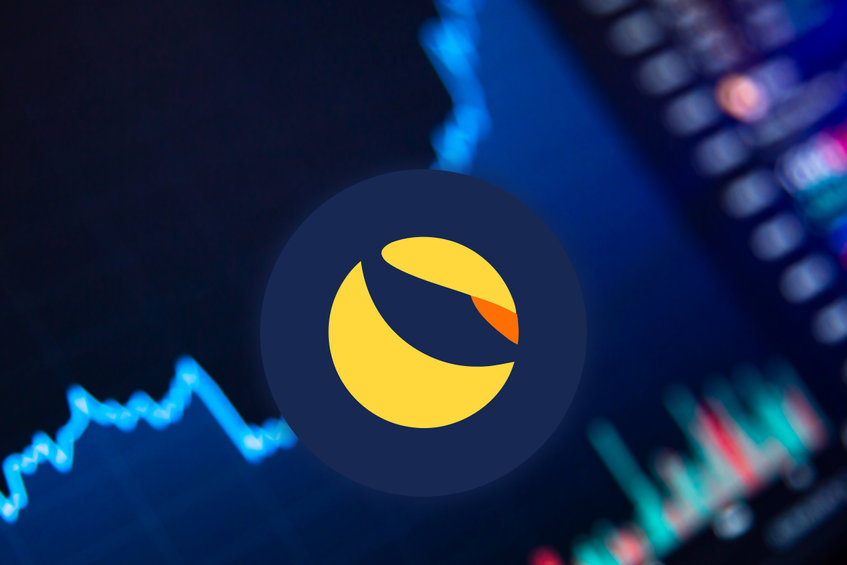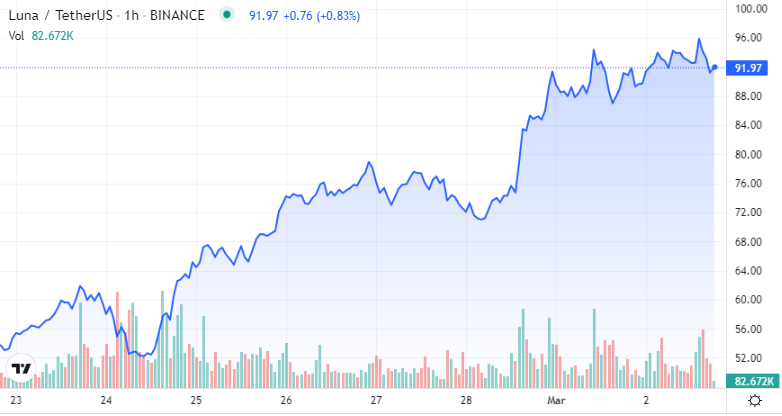
Luna has been on a tear recently, shooting up a staggering 50% in the last week. At $34 billion, it is currently the seventh largest cryptocurrency by market cap. Even more headline-worthy is that it has now flipped Solana ($32 billion) and Cardano ($31 billion), who occupy the eighth and ninth spots respectively.
 Via CoinMarketCap
Via CoinMarketCap
Luna Token
Luna, of course, is the token that fuels the DeFi ecosystem of Terra Labs. The real product is a group of stablecoins, the largest of which is the dollar-pegged UST. To boil the token’s utility down in simple terms, Luna’s price will go as far as UST goes.
As UST gains adoption, Luna rises, and vice-versa. If UST market cap rises, Luna supply is burned and hence the Luna price goes up (and vice-versa). This is due to the unique algorithmic mechanism by which the Terra stablecoins retain their fiat pegs (market agents are incentivised to do this via arbitrage).
Right now, the UST stablecoin is sitting pretty with a market cap of $13 billion (15th largest crypto) – the fourth largest stablecoin but the only one offering the tantalising quality of decentralisation. This decentralisation is the unique selling point of UST, of course. The three heavy hitters ahead of UST are all centralised, which is very much a dirty word in crypto. The biggest is the much-maligned Tether ($79 billion, 3rd largest crypto), Circle’s USDC is next ($53 billion, 5th largest) and Binance USD is third ($18 billion, 12th largest).
So with Luna’s meteoric rise over the last year in mind, it follows that we can expect to see similar growth in the stablecoin – which the graph below from CoinMarketCap details, a formidable rise from just $2.8 billion this time last year to today’s $13



